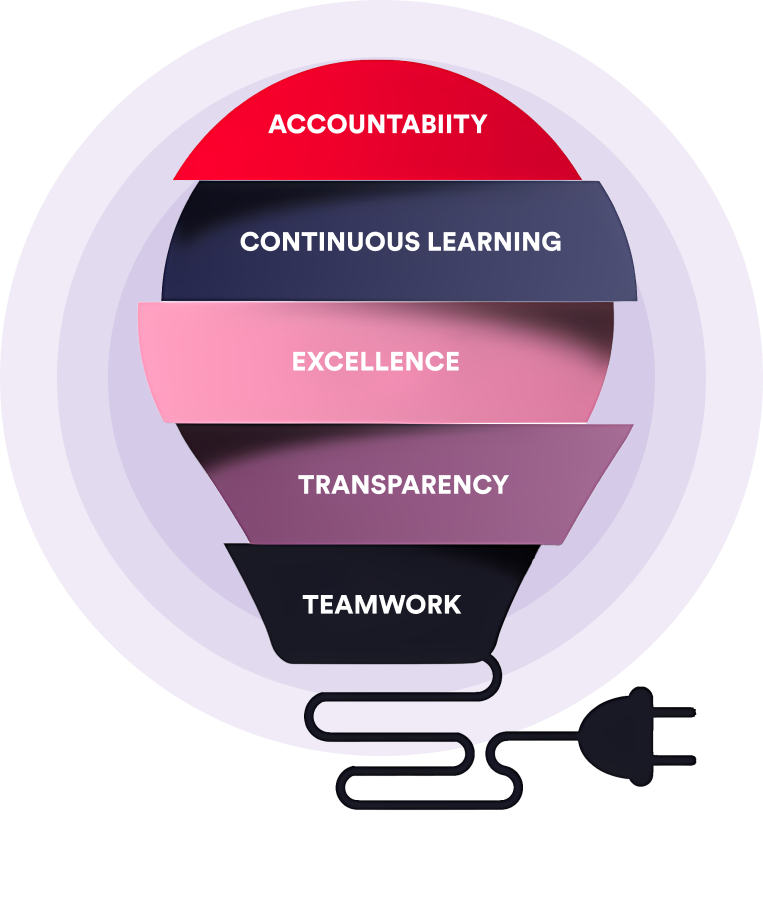Have you ever wondered how devices communicate seamlessly across vast distances? Well, the magic happens through something called remote IoT login. This incredible technology allows you to access and manage IoT devices from anywhere in the world, as long as you have an internet connection. Whether you're a tech enthusiast, a business owner, or simply someone curious about the future of connectivity, understanding remote IoT login is crucial in today's digital age.
In this article, we'll dive deep into the world of remote IoT login, exploring its benefits, challenges, and practical applications. If you're looking for ways to enhance your IoT setup or simply want to learn more about this fascinating technology, you're in the right place. So, buckle up and get ready to explore the wonders of remote IoT login!
Before we jump into the nitty-gritty details, it's essential to understand why remote IoT login is such a game-changer. Imagine being able to monitor your home security system while on vacation, adjust your smart thermostat from the office, or even control industrial equipment from halfway across the globe. These scenarios are not just dreams; they're realities made possible by remote IoT login. Let's get started!
Read also:Halle Berry Net Worth The Glamorous Journey Of An Iconic Actress
What is Remote IoT Login?
Remote IoT login refers to the process of securely accessing and managing Internet of Things (IoT) devices from a remote location. It's like having a virtual key to unlock the potential of your connected devices, no matter where you are. This technology relies on secure protocols, authentication methods, and robust networks to ensure that your devices remain accessible and protected.
At its core, remote IoT login is all about convenience and control. Whether you're managing a fleet of smart devices in your home or overseeing complex industrial equipment, this technology empowers you to stay connected and in charge. But how does it work? Let's take a closer look.
How Remote IoT Login Works
The magic of remote IoT login lies in its ability to bridge the gap between devices and users. Here's a simplified breakdown of the process:
- Device Connection: Your IoT devices are connected to the internet, forming part of a larger network.
- Authentication: To access these devices remotely, you need to go through a secure authentication process. This usually involves entering credentials like usernames and passwords.
- Secure Communication: Once authenticated, your device communicates with the IoT device through encrypted channels, ensuring that your data remains safe from prying eyes.
- Control and Monitoring: With access granted, you can now monitor and control your IoT devices as needed, whether it's adjusting settings or retrieving data.
It's like having a personal assistant that keeps your devices in check, no matter where you are. Cool, right?
Why Remote IoT Login Matters
In today's fast-paced world, the ability to access and manage IoT devices remotely is more important than ever. Whether you're a business looking to optimize operations or an individual seeking greater convenience, remote IoT login offers a host of benefits:
Increased Efficiency: With remote access, you can quickly address issues without needing to be physically present. This saves time and resources, allowing you to focus on more critical tasks.
Read also:Roman Ervin The Rising Star In The World Of Digital Influence
Enhanced Security: Modern remote IoT login systems come equipped with advanced security features, ensuring that your devices and data remain protected from unauthorized access.
Cost Savings: By eliminating the need for physical presence, businesses can reduce travel expenses and increase operational efficiency. For individuals, it means fewer trips home to check on devices.
Applications of Remote IoT Login
The possibilities of remote IoT login are virtually endless. Here are a few examples of how this technology is being used across various industries:
- Smart Homes: Control lighting, heating, and security systems from anywhere in the world.
- Healthcare: Monitor patient vitals remotely, enabling timely interventions and improving healthcare outcomes.
- Industrial Automation: Manage machinery and equipment in real-time, reducing downtime and increasing productivity.
- Agriculture: Monitor soil conditions, weather patterns, and crop health remotely, helping farmers make data-driven decisions.
As you can see, the impact of remote IoT login extends far beyond personal convenience, touching virtually every aspect of modern life.
Challenges in Remote IoT Login
While remote IoT login offers numerous benefits, it's not without its challenges. Here are some of the key obstacles that users may encounter:
Security Risks: With increased connectivity comes the risk of cyberattacks. Ensuring that your remote IoT login system is secure is paramount to protecting your devices and data.
Compatibility Issues: Not all devices are created equal. Some may struggle to integrate with remote IoT login systems, leading to frustration and inefficiency.
Network Reliability: A stable internet connection is essential for seamless remote access. Poor network performance can disrupt your ability to manage devices effectively.
Overcoming These Challenges
Fortunately, there are ways to mitigate these challenges. Here are a few tips to help you get the most out of your remote IoT login experience:
- Use Strong Authentication Methods: Implement two-factor authentication (2FA) and strong passwords to enhance security.
- Regularly Update Firmware: Keep your devices and software up to date to protect against vulnerabilities.
- Choose Reliable Providers: Work with reputable companies that offer robust and secure remote IoT login solutions.
By taking these precautions, you can enjoy the benefits of remote IoT login without compromising on security or performance.
Setting Up Remote IoT Login
Ready to get started with remote IoT login? Here's a step-by-step guide to help you set up your system:
Step 1: Identify Your Devices: Make a list of all the IoT devices you want to access remotely. This could include smart home devices, industrial equipment, or healthcare monitors.
Step 2: Choose a Platform: Select a reliable remote IoT login platform that supports your devices. Look for platforms that offer strong security features and easy integration.
Step 3: Configure Settings: Follow the platform's instructions to configure your devices for remote access. This may involve setting up authentication credentials and enabling specific features.
Step 4: Test Your Setup: Before relying on your remote IoT login system, test it thoroughly to ensure everything is working as expected. This will help you identify and address any issues early on.
Tips for a Successful Setup
Here are a few additional tips to ensure a smooth setup process:
- Document Your Configuration: Keep detailed records of your setup process, including any settings or credentials you use.
- Monitor Performance: Regularly check your system's performance to ensure that it's functioning optimally.
- Seek Support When Needed: Don't hesitate to reach out to your platform's support team if you encounter any issues during setup.
With these tips in mind, you'll be well on your way to enjoying the benefits of remote IoT login.
Security Best Practices for Remote IoT Login
Security should always be a top priority when it comes to remote IoT login. Here are some best practices to help you protect your system:
Encrypt Your Data: Use encryption protocols to secure your data during transmission. This ensures that even if someone intercepts your data, they won't be able to read it.
Limit Access: Restrict access to your remote IoT login system to only those who need it. This reduces the risk of unauthorized access.
Regularly Audit Your System: Conduct regular security audits to identify and address any vulnerabilities in your system.
Common Security Threats
Being aware of potential security threats is the first step in protecting your remote IoT login system. Here are a few common threats to watch out for:
- Phishing Attacks: Scammers may try to trick you into revealing your login credentials through phishing emails or websites.
- Malware: Malicious software can compromise your devices and gain unauthorized access to your system.
- DDoS Attacks: Distributed Denial of Service (DDoS) attacks can overwhelm your system, making it inaccessible.
By staying informed and proactive, you can safeguard your remote IoT login system against these threats.
The Future of Remote IoT Login
As technology continues to evolve, the future of remote IoT login looks brighter than ever. Advances in artificial intelligence, machine learning, and 5G networks are paving the way for even more sophisticated and secure remote access solutions.
Imagine a world where your devices not only respond to your commands but also anticipate your needs. With the help of AI, remote IoT login systems could soon offer predictive capabilities, making your life even easier and more efficient.
Trends to Watch
Here are a few trends to keep an eye on in the world of remote IoT login:
- Edge Computing: By processing data closer to the source, edge computing can improve the speed and efficiency of remote IoT login systems.
- Quantum Cryptography: This emerging technology promises to revolutionize data security, making remote IoT login systems virtually impenetrable.
- Interoperability: As more devices become IoT-enabled, the ability to seamlessly integrate them into a single remote access system will become increasingly important.
The future is exciting, and remote IoT login is at the forefront of this technological revolution.
Conclusion
In conclusion, remote IoT login is a powerful tool that offers numerous benefits for both individuals and businesses. From increased efficiency and enhanced security to cost savings and convenience, the advantages are clear. However, it's essential to be aware of the challenges and take steps to address them to ensure a secure and reliable system.
We invite you to share your thoughts and experiences with remote IoT login in the comments below. Have you already implemented this technology? What challenges have you faced, and how did you overcome them? Your insights could help others on their remote IoT login journey.
And don't forget to explore our other articles for more tips and tricks on getting the most out of your IoT devices. Together, let's unlock the full potential of connectivity!
Table of Contents
- What is Remote IoT Login?
- Why Remote IoT Login Matters
- Applications of Remote IoT Login
- Challenges in Remote IoT Login
- Setting Up Remote IoT Login
- Security Best Practices for Remote IoT Login
- The Future of Remote IoT Login
- Conclusion


